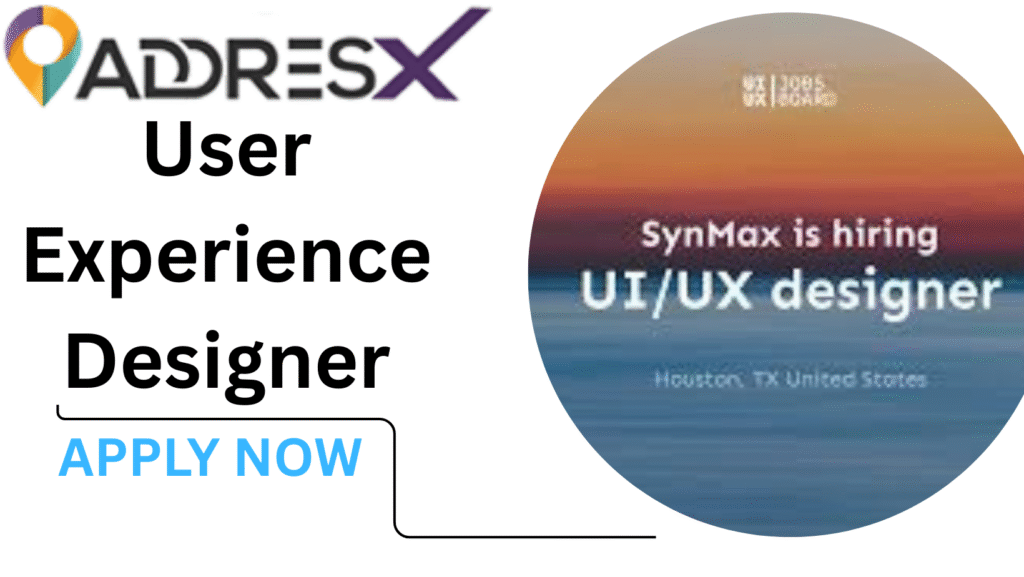User Experience Designer (Remote) US$67K–US$87.1K a year

I wasn’t able to open the exact LinkedIn job posting at that URL (it appears inaccessible). However, I can still help craft a compelling User Experience (UX) Designer – Remote job description for Lensa by referencing typical UX Designer responsibilities and aligning with what Lensa typically emphasizes as a tech-driven, people-focused platform.
Here’s a well-rounded job description you can use or adapt:
Job Title: User Experience (UX) Designer – Remote
About Lensa
Join Lensa – a U.S.-based, AI-powered job board and career platform with global reach. With machine learning at the core, we help job seekers and employers alike find better matches faster. Our team spans across the U.S. and Budapest, and we’ve already built a user base of over 20 million. (Lensa)
What You’ll Do
- Collaborate with product teams, researchers, and engineers to define user-centric experiences for web and mobile applications.
- Create wireframes, prototypes, and high-fidelity mockups to visually communicate interaction flows and design concepts.
- Conduct and apply user research, usability testing, and design iteration informed by metrics and feedback.
- Design intuitive UI components (navigation, menus, forms, dashboards) that support Lensa’s unique job-matching and career-discovery tools.
- Ensure coherence in visual and interaction design across Lensa’s product ecosystem.
- Define and evolve a scalable design system, delivering design standards that enhance consistency and usability.
- Work effectively in an agile environment, delivering impactful designs within iterative cycles.
- Maintain accessibility best practices to ensure inclusive experiences for all users.
What We’re Looking For
- 3+ years of experience as a UX Designer, particularly in digital product environments.
- Proficiency with design tools like Figma, Sketch, or Adobe XD, plus prototyping tools such as InVision, Principle, or equivalents.
- Experience executing end-to-end UX processes: user research, wireframing, visual design, prototyping, and usability testing.
- Strong conceptual and visual design skills, with attention to detail in typography, spacing, and interaction states.
- Familiarity with responsive design principles across desktop and mobile platforms.
- Ability to understand user needs via data (quantitative/qualitative) and translate insights into refined designs.
- Solid communication skills; able to articulate design decisions clearly across teams.
- Bonus: Experience designing for AI-enabled platforms or matching algorithms.
Why You’ll Love Working Here
- Fully remote role—work from anywhere with the freedom and flexibility you need.
- Join a high-growth, mission-driven company that’s redefining how people discover and advance their careers.
- Work alongside cross-functional peers in engineering, data science, and product development.
- Competitive compensation with potential opportunities for equity.
- Continuous learning culture—access to resources like Udemy Business to grow your skills. (Lensa)
How to Apply
- Submit your resume and a portfolio that showcases your UX process—from sketches and wireframes to polished prototypes.
- Share a short explanation of a design challenge you solved and its impact.
- We review all applications and respond promptly—our team values clarity and prompt communication.
How to Tailor It Further
To ensure it matches the specific role, you might want to:
- Look at the original LinkedIn description (if available) for details like required experience level (e.g., “mid-level” vs “senior”), focus areas (web vs mobile), or any tech stack specifics.
- Emphasize any domain-specific needs—e.g., if Lensa is hiring for a personalization-focused position, you could highlight A/B testing, personalization, or ML-driven interface experience.
- Mirror key language from the original post—for instance, Lensa may use terms like “Experience Designer” vs. “UX Designer,” or mention particular tools or values.
Would you like me to craft a version tailored for mid-level vs. senior, or perhaps refined for product-focused vs. research-intensive UX? Let me know!
